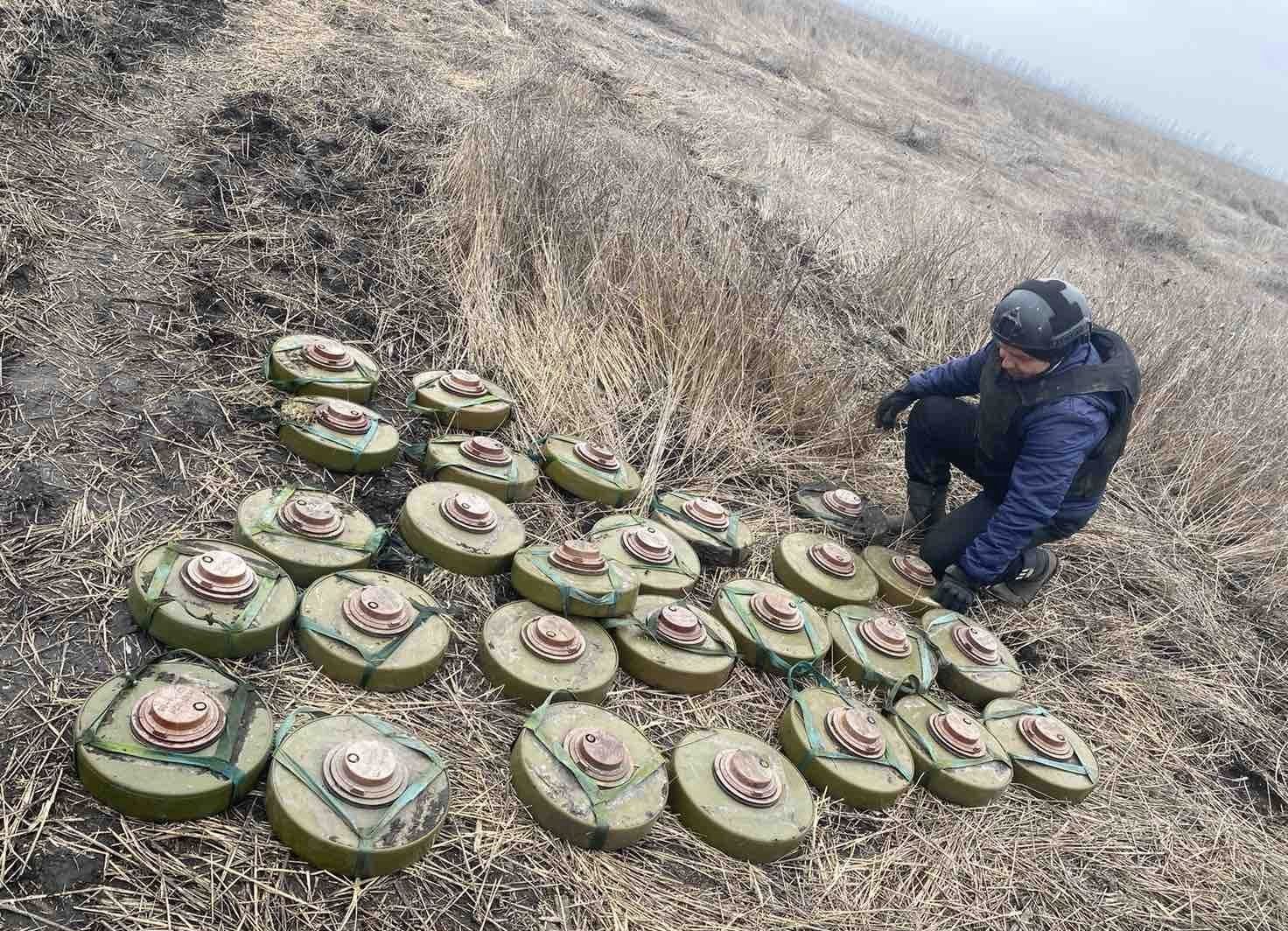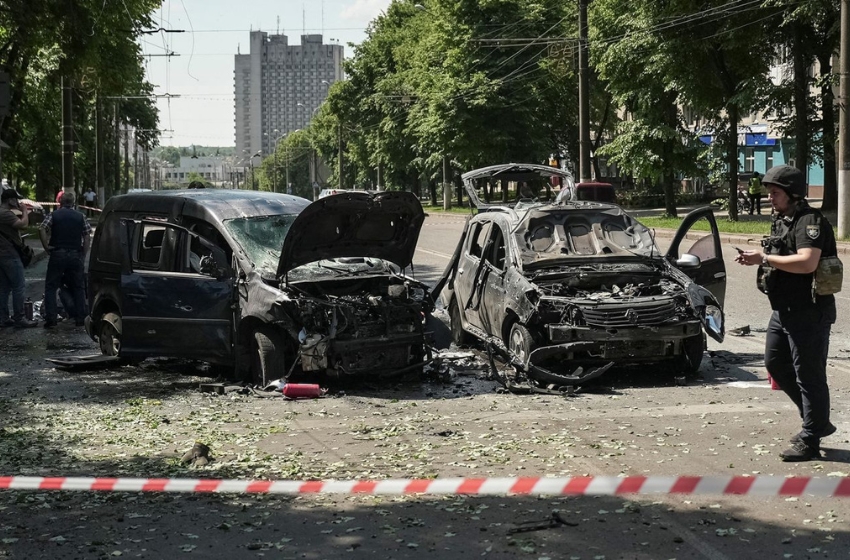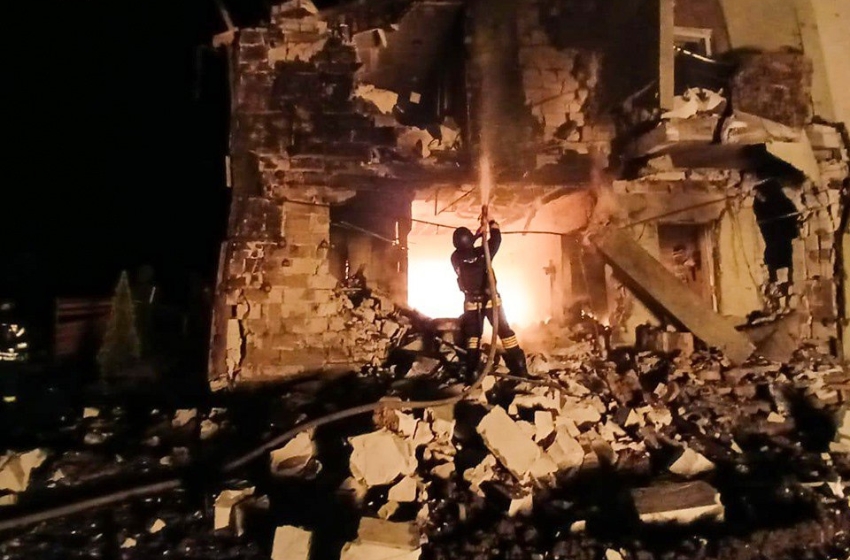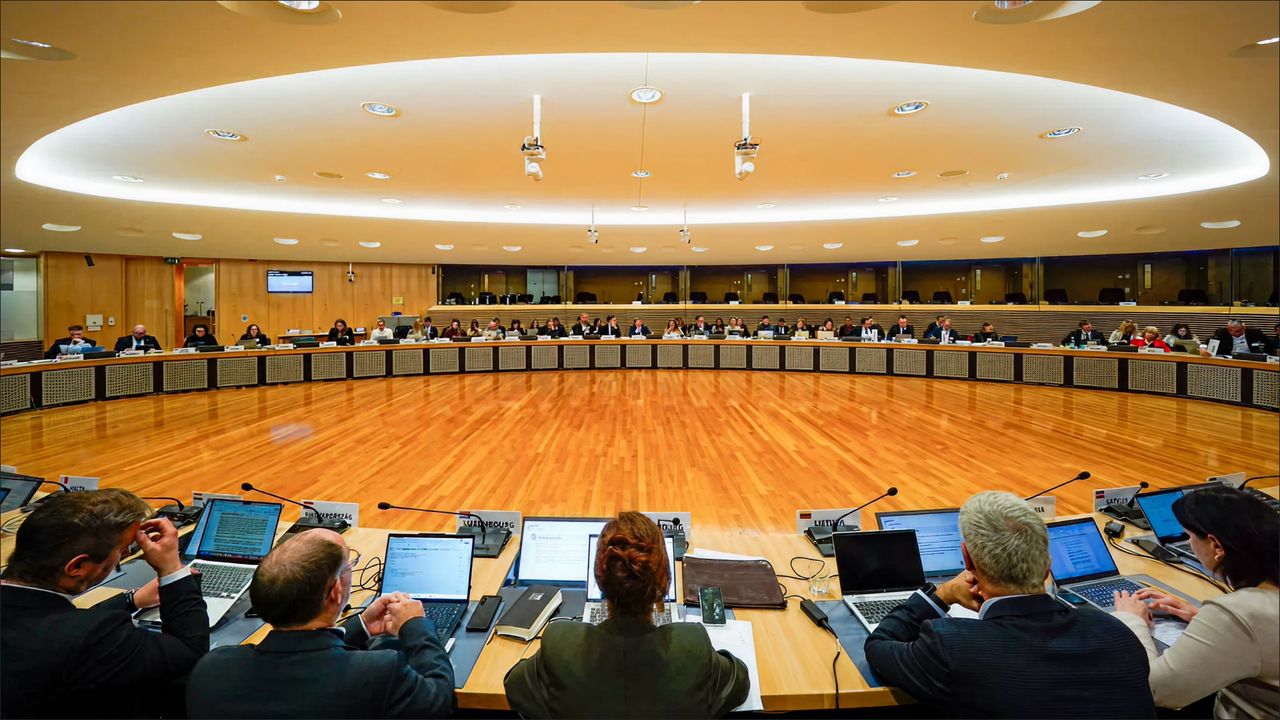By June, the area of land in Ukraine contaminated with mines and other explosive devices reached 139,000 km², exceeding the size of England (130,000 km²), according to the Institute for International Political Studies (ISPI). Over 6 million people live in or near these hazardous areas, with agricultural lands in Kharkiv, Sumy, and Zaporizhzhia regions among the hardest hit.
The State Emergency Service of Ukraine reported that since the Russian invasion began, 359 civilians—including 18 children—have died due to explosions, and nearly 1,000 more have been injured. Paul Heslop, head of the UN Mine Action Programme in Ukraine, noted that nearly 25% of the country’s territory is contaminated, estimating over 1 million explosive devices. Russian forces continue to lay mines during retreats, and liberated areas still contain vast quantities of unexploded ordnance—rockets, grenades, and artillery shells.
Heslop emphasized the unprecedented scale and complexity of the challenge. Large anti-personnel and anti-tank mines, containing 5–10 kg of explosives, pose particular danger as they detonate under heavy vehicles such as trucks and tanks. Additionally, munitions dropped from drones complicate demining efforts and increase civilian risk.
Since 2023, Ukraine has become one of the most heavily mined countries in the world. Recently, it joined Poland, Finland, Estonia, Latvia, and Lithuania in withdrawing from the Ottawa Convention, which restricts the use of landmines, citing the need to strengthen defense against Russian aggression. The government stresses that humanitarian demining remains a policy priority.
According to Ukraine’s Ministry of Environment, clearing priority areas, including protected zones, will take roughly 10 years and cost around $38 billion, while full demining could take hundreds of years.
Recommendations for the Ukrainian government and donors
Since 2022, donors have already pledged over $1 billion for humanitarian demining. However, to ensure a lasting impact, this aid must be adjusted to support integrated, environmentally friendly outcomes, especially across contaminated farmland in the most affected oblasts. Several steps could help streamline it and accelerate Ukraine’s transition towards more accelerated rural and climate recovery:
- Link mine clearance to EU Green Deal alignment and land use planning. As Ukraine moves closer towards EU membership, its demining strategy should directly support the EU’s Common Agricultural Policy, soil health targets and biodiversity agenda. Donor funds should support the Ukrainian leadership in developing the necessary planning capacity to achieve these objectives.
- Channel climate finance toward demining-enabled adaptation. Climate funds, such as the Green Climate Fund or the EU LIFE Programme, should explicitly support projects that combine demining with nature-based solutions, e.g., afforestation on cleared land, agroecological corridors and flood resilience infrastructure.
- Invest in joint clearance-restoration packages. Instead of funding demining and land recovery separately, donors should support bundled programs that provide local farmers and municipalities in Ukraine with support for both clearance and ecological regeneration. This is especially crucial in areas with damaged water systems (e.g., the Kakhovka Dam) and high risks of soil erosion.
- Support decentralised demining and soil testing capacity. Ukraine’s increasing network of local labs and mechanical demining machine producers could become a regional model if supported with proper training, efficient technology transfer and market access.
- Prioritise the inclusion of small-scale rural households in recovery planning. It is essential to include small-scale rural households in recovery plans and programs as they produce a third of Ukraine’s domestic food and are vital to community resilience.
- Fund data integration platforms. The Ukrainian government should work closely with donors to ensure precise and up-to-date contamination mapping, land-use value, and ecological vulnerability assessments to maximise demining efforts. To this end, it would be essential to update and scale tools like Ukraine’s Information Management System for Mine Action and integrate drone-AI systems to serve multiple ministries (e.g., the Ministry of Agriculture, the Ministry of Economy and the Ministry of Environmental Protection and Natural Resources).
Ukraine’s demining and green recovery efforts should be fully integrated into its broader reconstruction strategy under the €50 billion EU Ukraine Facility and new bilateral agreements (e.g., with Switzerland, Norway and the US). Coherence across these investment tools will determine whether Ukraine can emerge from the war as a model of sustainable post-war transformation.





















